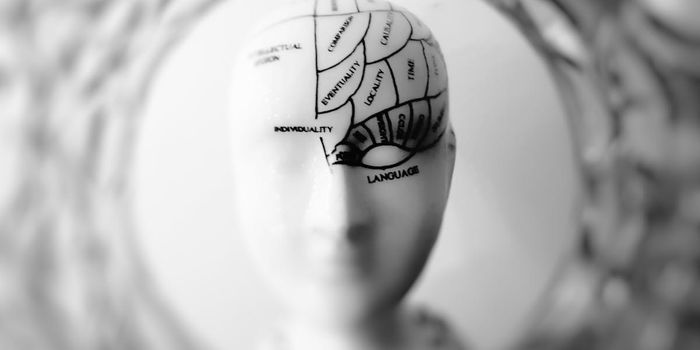It’s happened to almost everyone. A brain freeze. It’s not about being forgetful or not being able to think straight or find the right words. It is neurological though. The culprit in a brain freeze is any cold beverage or dessert. On steamy summer days, a cool treat like an ice cream cone is good way to beat the heat, but it sets in motion a complex, if common, neurological event.
How can something like a few spoonfuls of ice cream or sorbet impact the brain? Is it really your brain that’s affected? Well, sort of. The brain is insensate, meaning it cant feel pain. In a brain freeze, receptors on the outer covering of the brain, the meninges, are what send the pain signals out and cause the abrupt and sometimes excruciating headache. It’s got a very scientific name as well. Sphenopalatine ganglioneuralgia is the official term for that skull crushing feeling. It’s definitely a signal from the brain however, telling you to slow your roll. Wake Forest Baptist Medical Center neuroscientist Dwayne Godwin, Ph.D. explained, “Brain freeze is really a type of headache that is rapid in onset, but rapidly resolved as well," he said. "Our mouths are highly vascularized, including the tongue - that's why we take our temperatures there. But drinking a cold beverage fast doesn't give the mouth time to absorb the cold very well. One thing the brain doesn't like is for things to change, and brain freeze is a mechanism to prevent you from doing that."
Two conditions have to be present for a brain freeze to happen. Location and temperature. First and most obvious is that the beverage or food must be very cold. Ideally it should be a frozen snack of some kind, ice cream being the most common cause of brain freeze. Location is key as well. In the back of the throat, as ice cream is swallowed, two important arteries meet. There is the internal carotid artery, which is the main blood supply to the brain. Together with this artery is the anterior cerebral artery. It’s one half of a pair of blood vessels that bring oxygenated blood to brain tissue. Specifically the frontal lobe, which is why a brain freeze headache is felt most acutely in the forehead. The cerebral arteries arise out from the internal carotid artery and this network, much like a superhighway, is a direct supply line to the brain. It’s a blood supply network known as The Circle of Willis, after English physician Thomas Willis who first described it in the 15th century.
As Dr. Godwin points out, because there are a large number of blood vessels in the mouth and throat, it’s a pretty warm area. Slapping something ice cold on this tissue causes spasms of dilation and contraction of the blood vessels and this is the source of the pain. It might seem like a minor bit of brain anatomy and a small annoyance, but the mechanism of how these vessels react to stimuli is a good way for scientists to understand other kinds of headaches like migraines and even understand what happens after a stroke impacts these blood vessels. Researchers can easily trigger a brain freeze in volunteers in a clinical study to collect data about vascular mechanics.
To stop a brain freeze, the easiest way is to put down the cold food or drink. Other methods involve touching the tongue to the roof of the mouth to warm it back up, or swish the tongue around the mouth to warm the tissue. A brain freeze can be painful, but most people think a sweet cone or milkshake is worth the price. Check out the video to learn more.
More on the brain and sweets: Fructose Produced by the Brain
Sources: Wake Forest Baptist Medical Center, Forbes Magazine, Wikipedia
-
APR 30, 2024Immuno-Oncology Virtual Event Series 2024
-
MAY 07, 20243rd International Biosecurity Virtual Symposium
-
SEP 03, 2024Microbiology Week Virtual Event Series 2024
- See More


















































